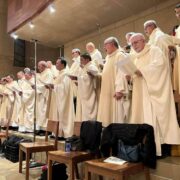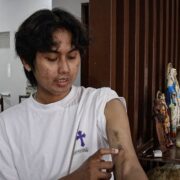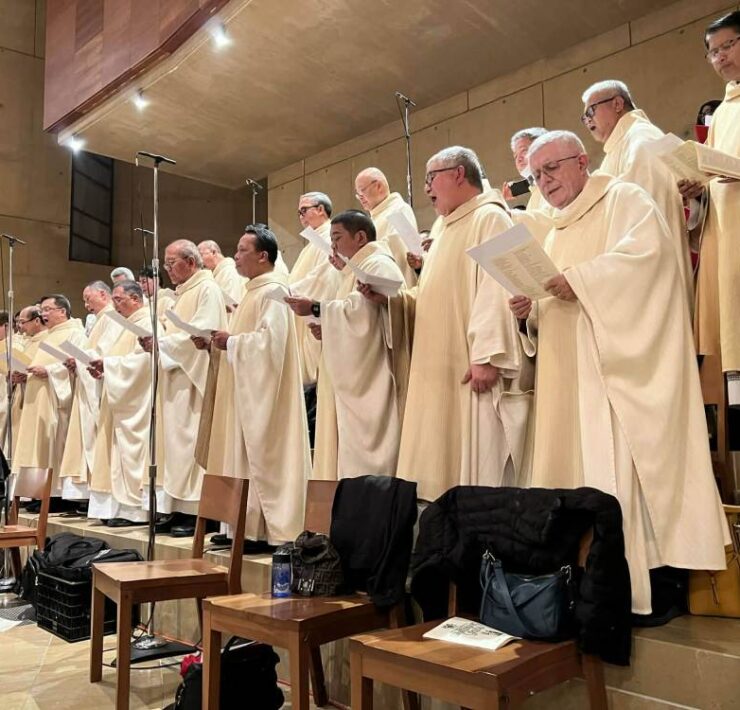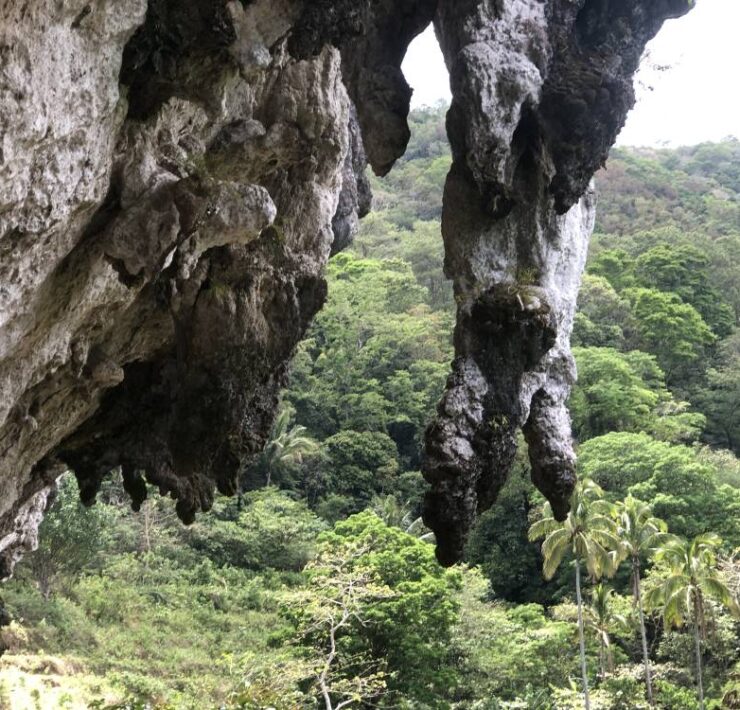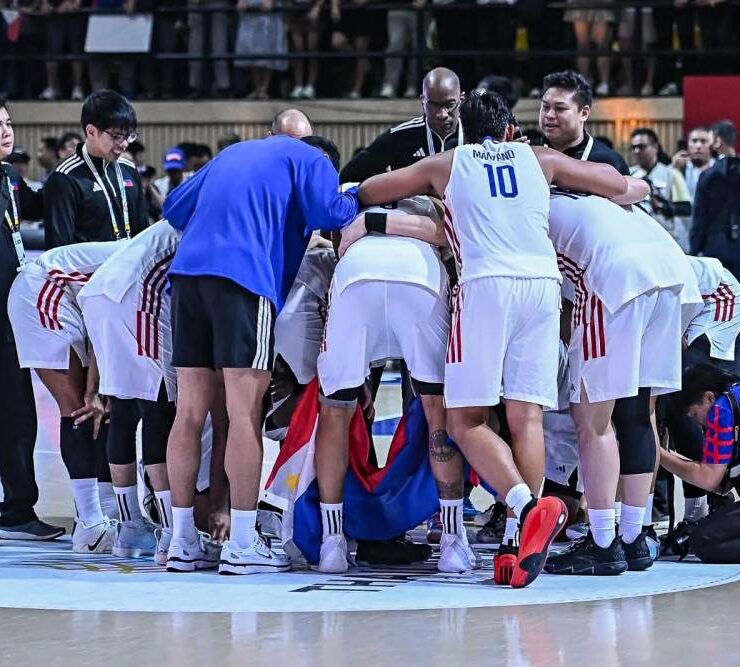Looking for sakura, finding a samurai

Hoping to catch the early bloom of cherry blossoms, I flew to Tokyo this week with my eldest granddaughter Julia, a digital animation student and devoted Japanophile. We arrived with the expectation of seeing trees draped in soft pinks—but quickly realized we were a week too early. Instead of petals, we found buds: green and tight, their tips just hinting at the pale pink promise within.
And yet, I wasn’t disappointed. The sight was unfamiliar but not unwelcome. The tightly furled petals glistened faintly in the early spring light—so different from the blossoms I’d seen on past visits, mostly as scattered debris on the ground or as a few stubborn blooms still clinging to near-bare branches, resisting the wind and rain.
Strange weather patterns seem to have confused even the flowers. Although Japan’s National Weather Agency had declared the start of the sakura season, few trees were ready. Outside our room at the International House of Japan, one tree by the garden showed early signs of enthusiasm, nudging a few buds open by our second day. Watching it, I thought this must be what Buddhist patience is about. Had we really come all this way just to gaze at trees that looked dead, brittle from winter’s grip?
Somehow, Antonio Gramsci’s prison notebooks surfaced in my thoughts: “The crisis consists precisely in the fact that the old is dying and the new cannot be born.” Often left out is what follows: “In this interregnum a great variety of morbid symptoms appear.” A sentence that feels painfully apt for our times.
Gramsci was writing about political and cultural decay—about old orders losing their grip before new ones could take shape. In those liminal moments, confusion and insecurity abound, and into that void step the strongmen, promising coherence and rebirth. In his time, it was Hitler and Mussolini. Today, we recognize the signs in Trump, Duterte, Orban, Erdogan, Bolsonaro, and others rising from the cracks of crumbling democracies.
I’m aware of how tempting it is to draw too much meaning from ordinary things—especially in Japan, where the old and the new exist in constant interplay. But still, the thoughts came unbidden, especially as I stared at the stark branches of the cherry trees, trying not to look for metaphors.
On our third day, Julia had booked a river cruise along Tokyo’s sakura-lined waterways. The weather had turned warm and golden. We boarded the boat with a group of hopeful tourists. There were still hardly any blossoms. Instead, the dark silhouettes of large-billed crows loomed above us, perched high in the trees, watching the boats glide past. I hoped they weren’t pecking at the buds. Try as I might to resist their symbolism, it was hard not to see them as Gramsci’s harbingers—his morbid symptoms made feathered flesh.
On the fourth and last day of our trip, joined by Julia’s friend Jay (recently graduated from a game design course in Japan), we boarded an early express train to Sakura City. My longtime friends Mamoru and Yolanda Tsuda—both retired professors—had invited us to visit. Mamoru, whose family traces its roots to this Edo-era town, had recently made it their home.
Our overnight stay in Sakura turned out to be the climax of our journey. We had come in search of blossoms, but what we found was a samurai.
Through the Tsudas, we met Komatsu Tatsuya—a soft-spoken young man and descendant of a samurai clan. A self-taught historian of samurai lore, Komatsu-san took the day off from his job at a global tech company to show us around his hometown.
That afternoon, he led us through Sakura’s preserved samurai district—a quiet street lined with centuries-old bukeyashiki, homes once inhabited by warrior families. With enthusiasm, he helped each of us into full samurai and ninja gear, complete with authentic swords. For Julia and Jay, both ardent samurai fans, it was a dream. For me, it was a rare glimpse into a living tradition. Despite his limited English, Komatsu-san conveyed a deep reverence for the ethos of Bushidō. In the garden behind one historic home, he showed Julia and Jay how to wield the katana, even teaching them the basic stances of a ninja.
We parted in the late afternoon. He apologized for being unable to join us for dinner—he had to collect his ailing mother from the local community center, where he had dropped her off that morning. We later learned he was an only child, caring for her on his own.
As he disappeared into the interior of the last house, I thought: here too is a sakura bud—modest, patient, strong—waiting to bloom.
—————-
public.lives@gmail.com




